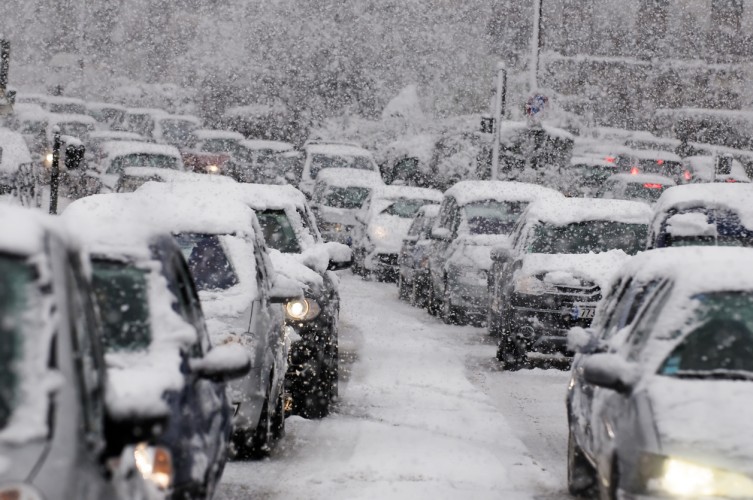5 awesome tips for getting your car started in the cold

This website uses cookies to ensure you get the best experience on our website. cookie information

Brrrr!
You’ve probably already noticed that the UK is getting colder, what with the festive spirit in the air and the temperature dropping faster than the leaves on the trees. It can be a miserable old time weather wise, and nothing punctuates a rubbish winter’s day than having your car refuse to start first thing in the morning.
As always us caring, sharing types at Liftshare have done our homework, pooled years of experience, and searched for the best expert advice to bring you five top tips to help get your car started during the cold months. Read on, learn from the best, and be sure to share your own tips below.
5. Understand why your car won’t start
Before we launch in to the really neat car-starting tips, it’s important to know why the cold is keeping your motor from running. First, low temperatures cause the chemical process that occurs in your car’s battery to stall, meaning you get less power after triggering the ignition process. This, coupled with the fact that your car’s oil gets thicker when cold, is what is stopping your ride from starting.
You can prepare in advance by topping up your car with a lighter oil mixture. Mother Earth News recommends that you consult your manufacturer before picking a brand, but recommends IOW30, 40, or 50 multigrade oil to avoid thickening problems. Battery issues can be reduced by keeping the pack and its connectors clean using a baking soda and water solution.
4. Tickle the pedal just right
Believe it or not, there really is a ‘knack’ to getting your car started when the conditions are all wrong. Of course this is not guaranteed to work all the time, but it’s worth trying to get that engine started by using a few simple techniques that might work when you’ve exhausted all other options.
WikiHow calls this process ‘Coaxing the Engine,’ and you do this by depressing the accelerator pedal just once before releasing it. This coaxes a small amount of fuel into the intake, and in some cases can actually trigger the engine as planned. However, this method only works with engines that feature carburetors, and not fuel-injected vehicles.
3. Turn everything electric off
This one might sound obvious, but when your engine just won’t start it’s easy to lose grip of rational thought. The RAC advises that you disable anything that uses your car’s battery before you turn off the engine at the end of your journey – such as lights, windscreen wipers, heaters and more. This applies less strain on the battery when you try to start your car the next morning, as everything will still be in ‘on’ mode.
Another potential no-brainer is to simply use your battery wisely. Do you really need your internal DVD player on? Are your interior lights on in a brightly-lit place? If your iPod has stopped charging then be sure to unplug it to avoid unnecessary drain. Play it smart with your power and you’ll reduce the risk of engine trouble in winter.
2. Push it hard, but not too hard
Another solid one from WikiHow here, advising car owners to ease off their car battery if it simply refuses to start in the cold. Pushing your vehicle too far can really strain the starting process, and when that happens you’re going to get nowhere. If you’re having real difficulty it’s best to give the battery and engine a break before starting again.
It may seem contradictory, but there is a case for giving your car a little bit of welly. Typically, you want to turn the ignition on a cold car for a full 20 seconds before stopping. Doing this for too short a time won’t work, but any longer than 20 seconds and you risk causing mechanical damage to the vehicle. Find the sweet spot and don’t over do it.
1. Can you actually get into your car?
Clearly, you aren’t going to have much luck getting your engine started if your vehicle is frozen shut. That’s not science, that’s just common sense. Reader’s Digest has written up a neat guide to helping you break through the ice and get inside your car, as well as tips to help prevent icy build-up overnight.
This might sound odd, but apparently if you rub half a raw onion over your windshield and locks the night before, it can help drastically reduce the chances of them freezing over solid. Cleaning cloths doused in rubbing alcohol can help get frozen wiper blades unstuck, while heating your car key over a lighter or stove for a moment can help melt icy car locks.
It’s amazing how many household car remedies and simple practical tips there are out there to combat winter problems if you have a quick search. Let us know about your preferred methods below!
Author Lex Barber
on
See how Liftshare can help your organisation